Sports
Performance
What is Sports Performance?
Sports performance is the execution of movement during an athletic event during competition. Training for this is the sum of all the parts of off season training, in season training and post season training striving for excellence or achievement . We believe there are 15 parts that make up Sports Performance. One part is no more important than the next and an imbalance will affect Sports Performance and potentially lead to injury.
- Mobility
- Stability
- Motor Planning
- Strength
- Balance
- Functional movement
- Speed
- Power
9. Dynamic Movement/ Agility
10. Neural input/Neural output
11. Skill execution
12. Endurance
13. Sleep
14. Nutrition
15. Mental Readiness
Mobility
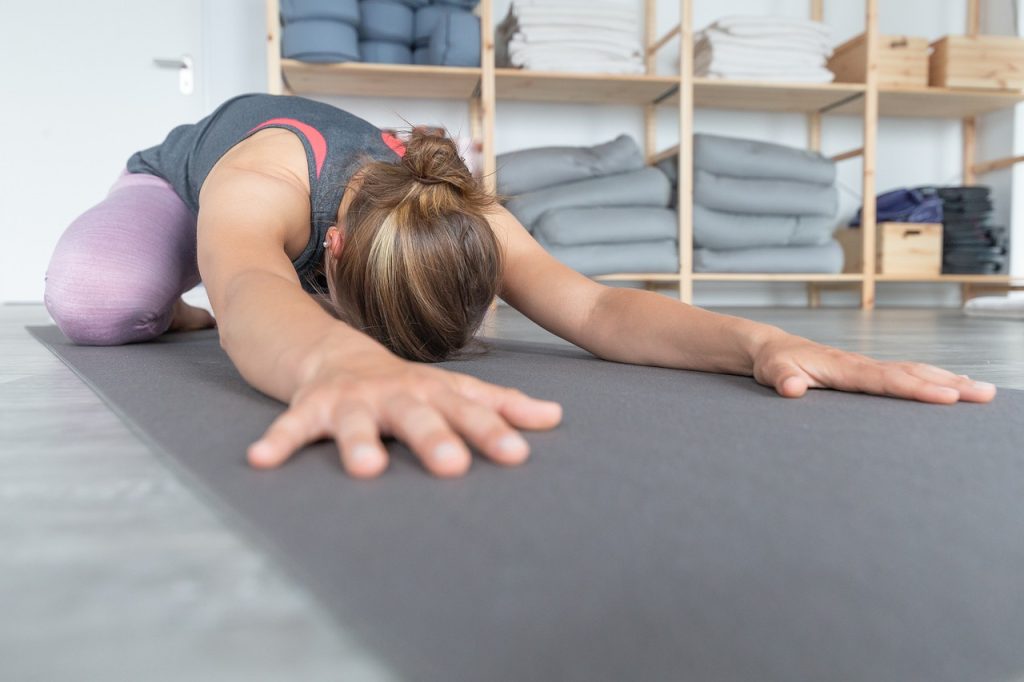
Mobility is how well an individual joint moves and is one of the building blocks for Functional Movement. There are norms for each joint and determining if the joint is causing the limitation or soft tissue is causing the limitation can help to develop a plan.
Stability
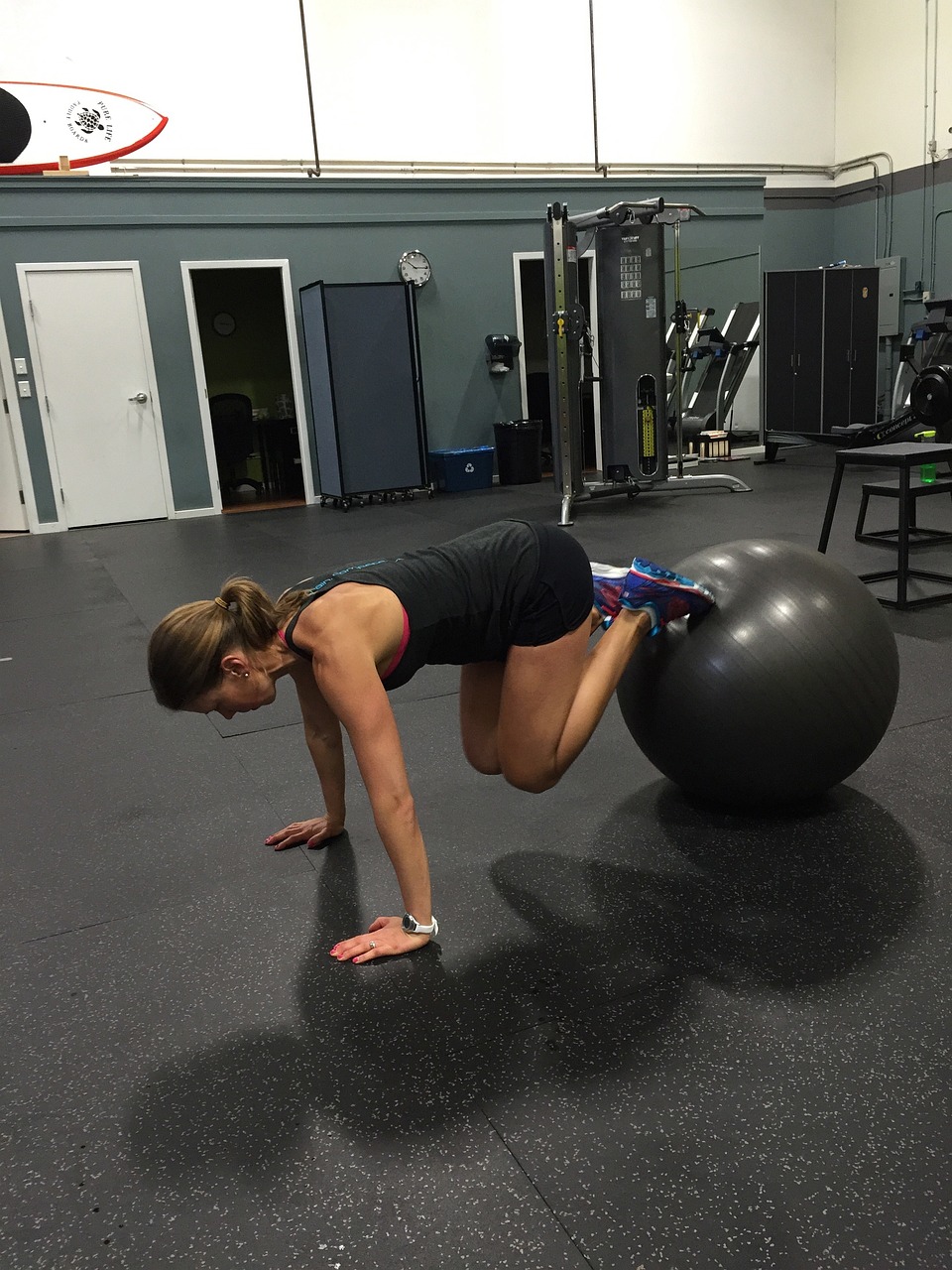
What is stability? It is the ability to control the joint(s) through a movement. This is another building block of Functional Movement. Most of us have heard of core exercises and these are the foundation. The stability across all joints are required during functional and athletic movement. If you are an overhead athlete you need both core stability and shoulder/scapular stability. If you have chronic ankle sprains you will need to improve your ankle stability to improve performance.
Motor Planning

Motor Planning is the process of improving control of the muscle(s) to improve stability, function, athletic performance and reduce symptoms.
Balance
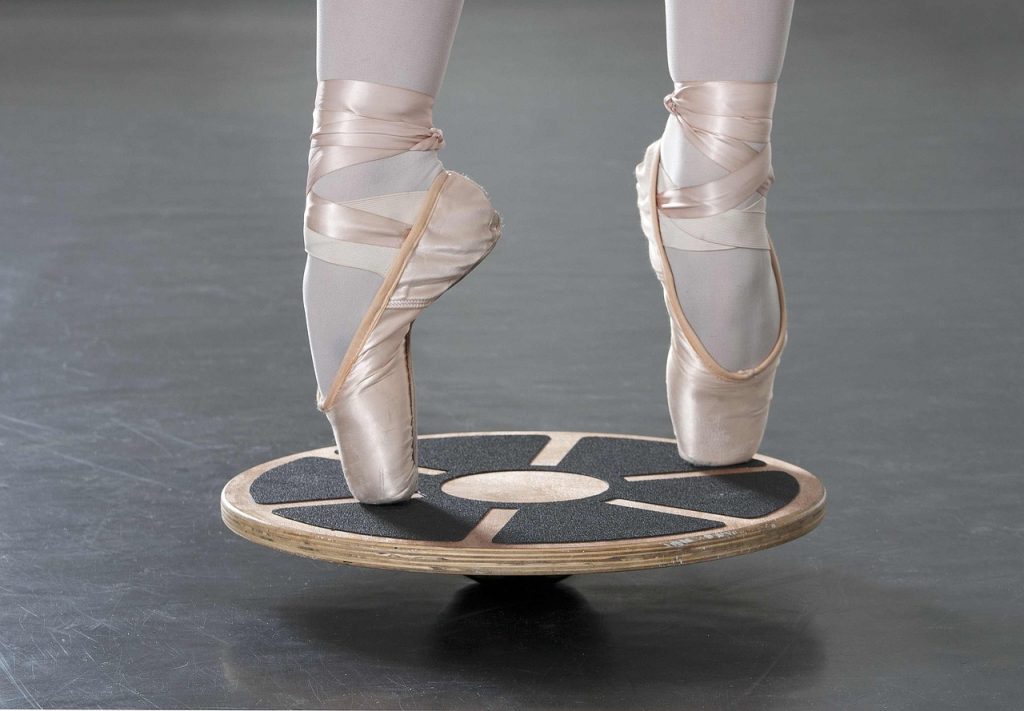
Balance is tied to multiple systems that allow for the body to respond to the environment during competition.
Strength
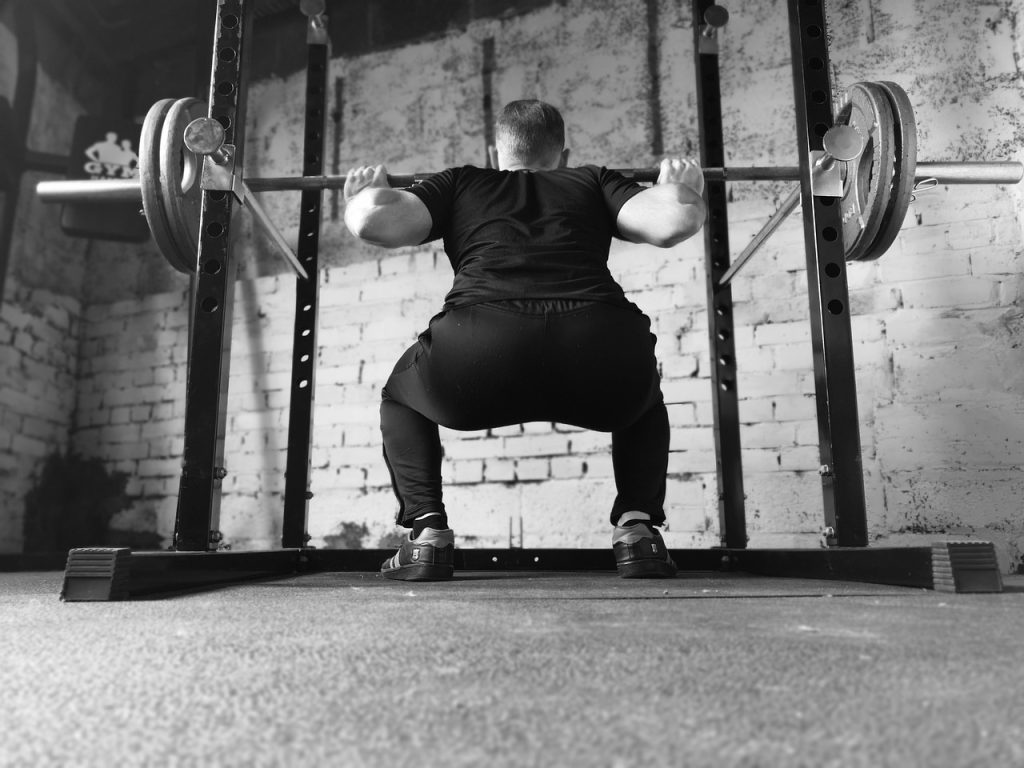
Functional Movement is how we move in space to complete a specific task. This could be as simple as walking or more complicated like retrieving an item from the floor. These movements require Mobility, Stability and Motor Planning.
Functional Movement
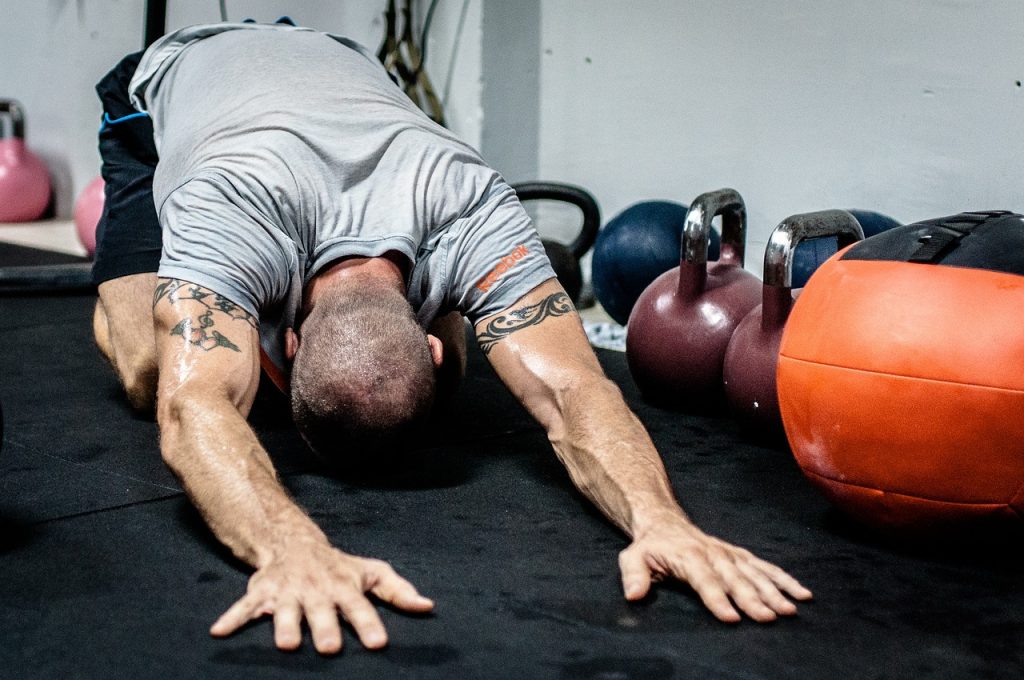
Functional Movement is how we move in space to complete a specific task. This could be as simple as walking or more complicated like retrieving an item from the floor. These movements require Mobility, Stability and Motor Planning.
Speed
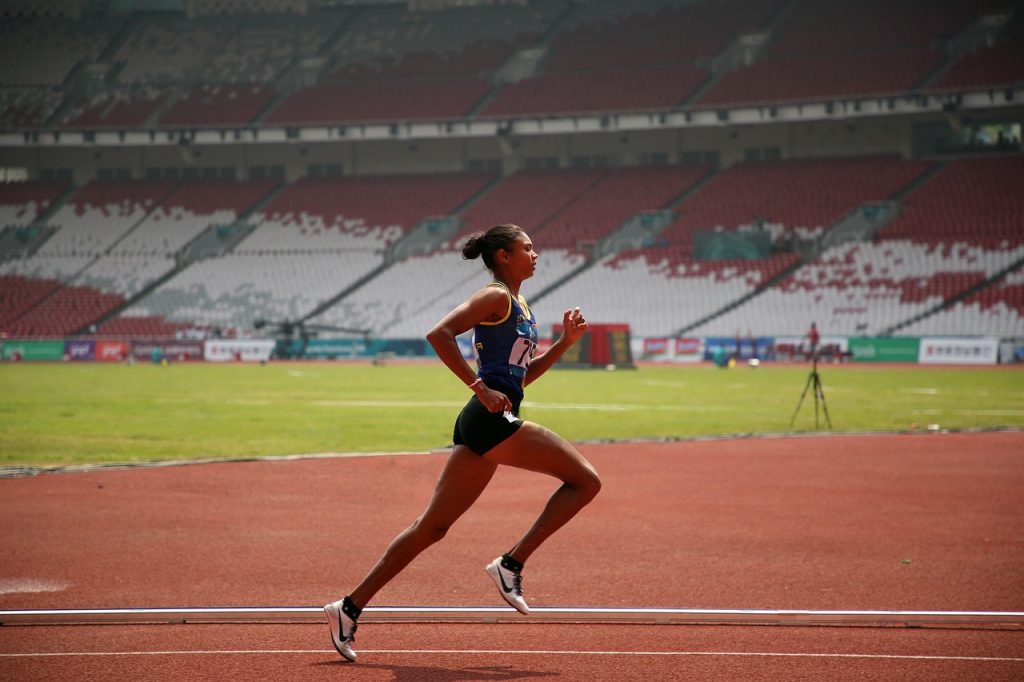
What is Speed? It is the amount of time to travel over a distance or Speed=Distance/Time reported in meters per second (m/s). This allows an athlete to travel down the court or field in a shorter amount of time providing opportunity to offensively or defensively interact with other players.
Power
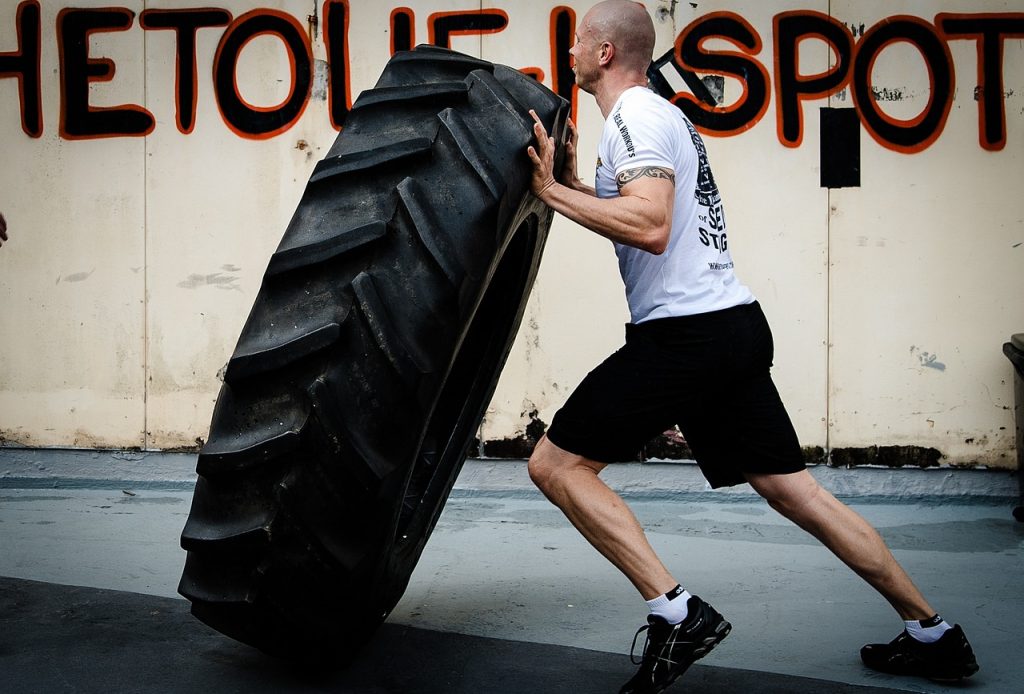
What is Power? It is the amount of time it takes to move a mass (weight), or simply put Power(w)=Force x Velocity. This can be a difficult thing to measure in most sports without specialized equipment like force plates used for jumping or a speed timing system for sprinting. The most accessible piece of equipment that measures power is the ergometer (stationary bike, arm bike or rower) and is represented by watts (w) the unit of power.
Dynamic Movement/Agility
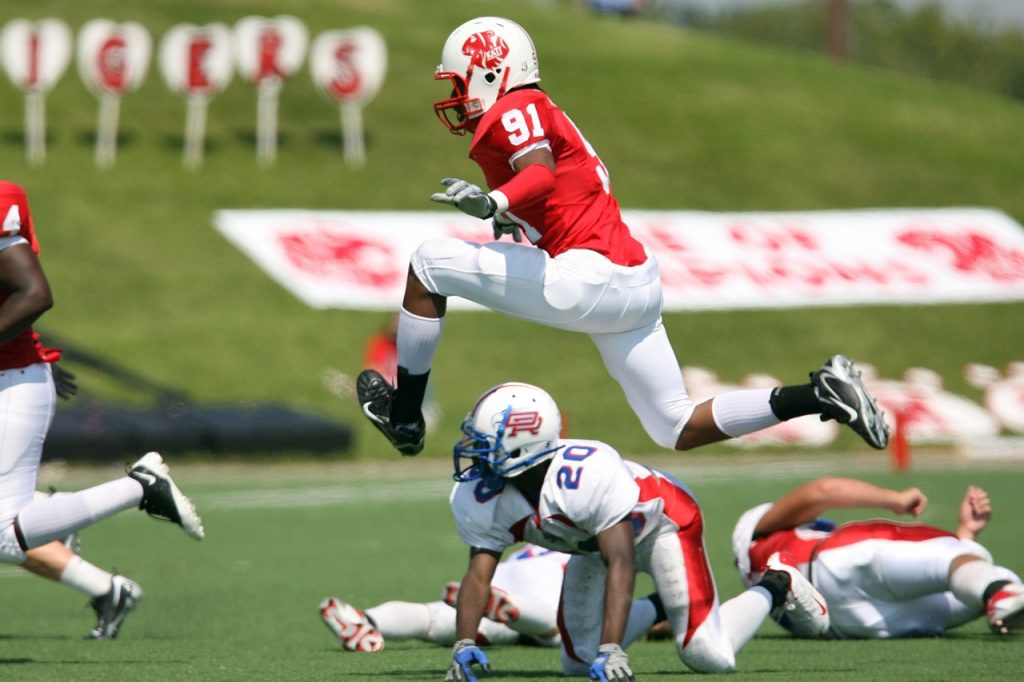
Dynamic movement is the way we move from one location to another. A great example of this is boxed cone drills where you sprint to cone 1, side shuffle to cone 2, karaoke to cone 3 and back pedal to cone 4.
Neural Input/Neural Output

Neural input/output is the ability for the body to process external and internal stimuli to provide both voluntary and non-voluntary actions.
- Visual
- Auditory
- Vestibular
- Tactile
- Proprioception (body awareness)
Endurance
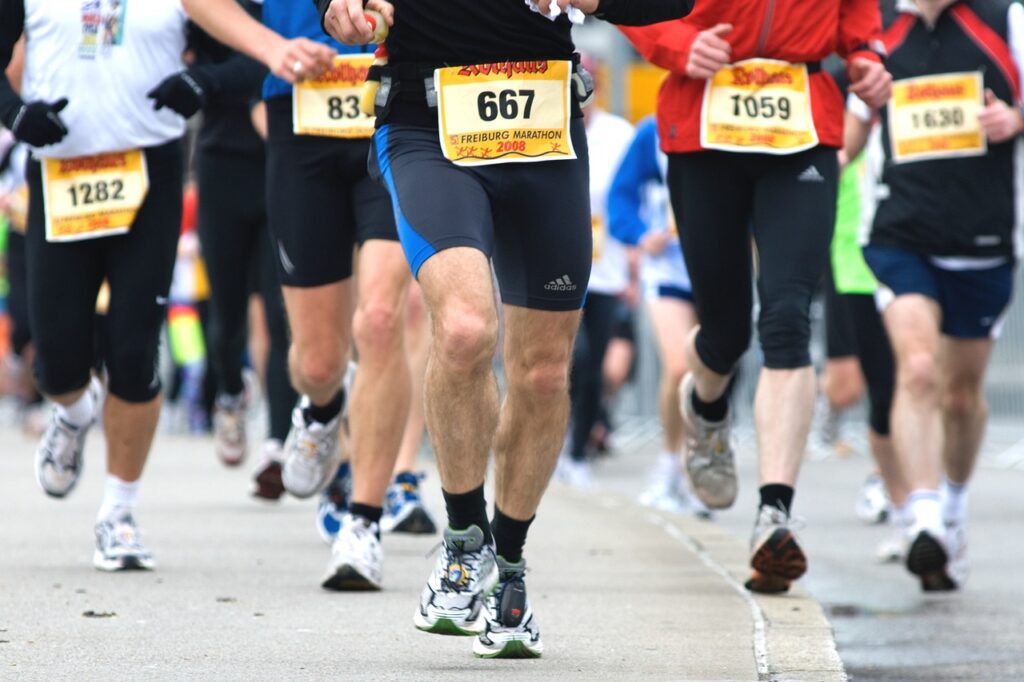
Endurance is the ability for the system to utilize Oxygen to sustain energy production over a period of time. The more efficient the body is at the utilization of oxygen the longer a level of performance is able to be maintained.
Skill Execution
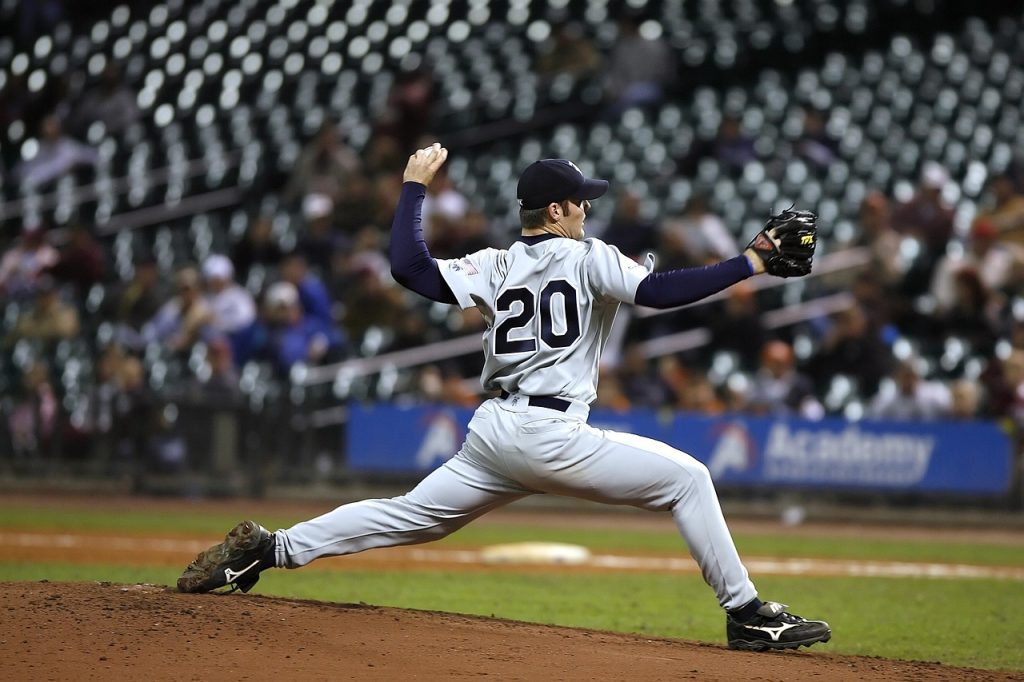
Skill Execution is the ability to perform a movement pattern in a reproducible manner during competition. Think of this as the sum of all the parts of sports performance.
Sleep

Sleep is important for recovery, growth, performance and mental readiness. It is recommended that you get 8-10 hours of rest per night.
Nutrition

Nutrition is the fuel that provides the body the necessary building blocks for the body to be efficient at recovery, growth, performance and function.
Mental Readiness

Mental Readiness is the art of putting yourself in a mental state of focus, determination, skill execution and visualization.